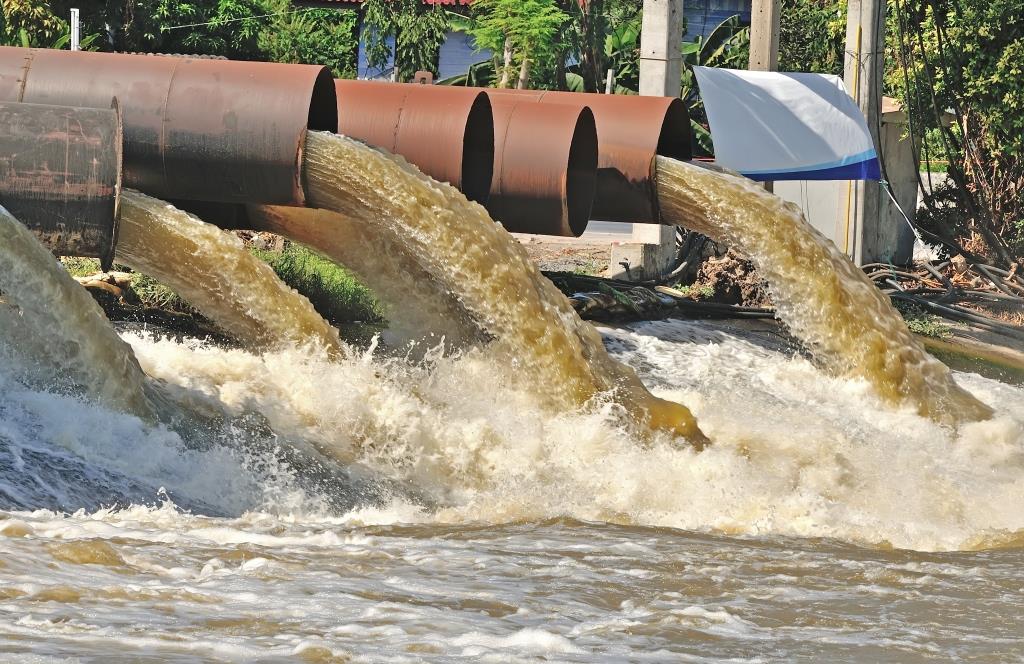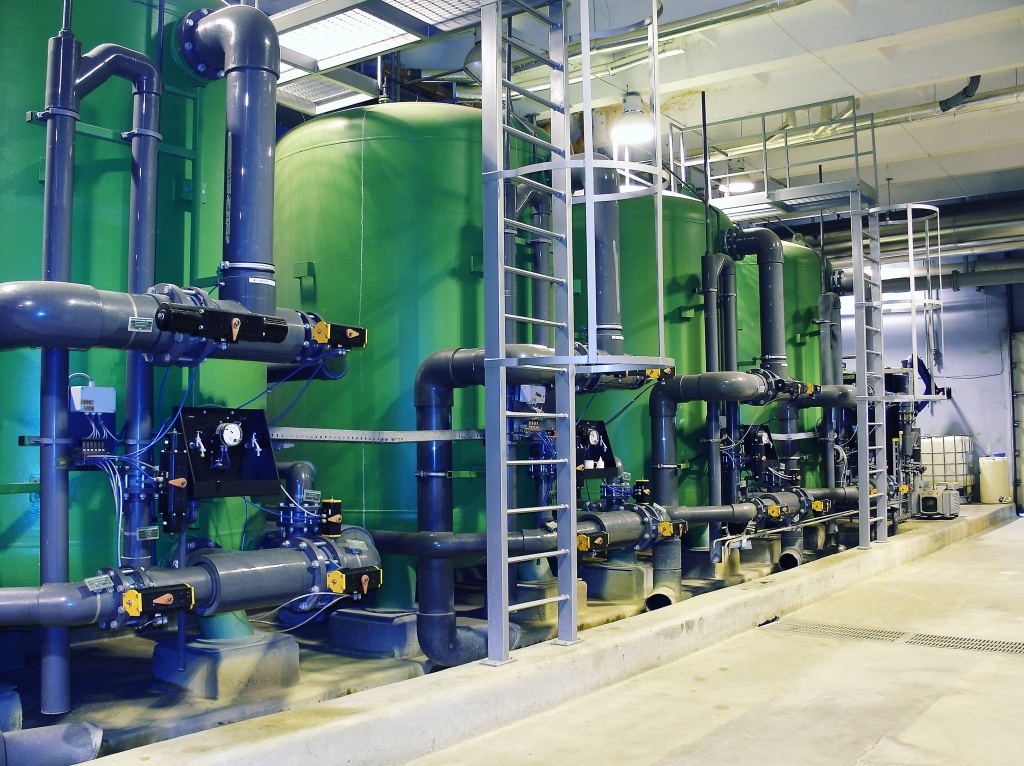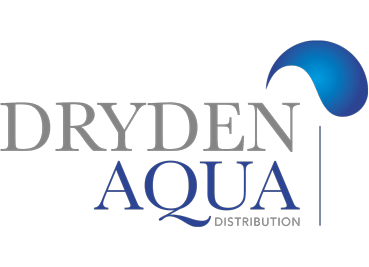Tertiary waste water treatment
Description
Sanitary waste water originating from household or commercial uses normally contain COD values of around 600-800 mg/l, BOD values of around 300-400 mg/l, TSS values of 100-200 mg/l, TKN values of around 100-200 mg/l and oil & grease values of around 300-400 mg/l. The raw water needs to be treated so it can be sent so to a nearby water source or can be reused, for example for irrigation. Criteria for water source disposal or for reuse for irrigation (limited or non limited) vary by country, but BOD level needs to be reduced to less than 10 mg/l and TSS level to less than 10 mg/l. There are also criteria for TKN, TP and so on.
Common Treatment
Common treatment of sanitary waste water is usally done in three steps:
- Oil and grit removal with coarse filtration
- Biological treatment which is based on an Activated Sludge process. That would normally bring BOD level to less than 30 mg/l and TSS level to less than 20 mg/l.
- A tertiary treatment process that is normally based on a pre-mechanical filtration to around 100 microns (normally based on screen or disc filters), followed by multi media filters either gravity or pressure based. The media can be a combination of Gravel, Quartz sand and Anthracite. This process is normally supported by prior coagulation using chemicals to coagulate fine particles to enable a better filtration .This process is called “contact filtration”. The last stage of the tertiary treatment also includes the use of chlorine or UV or a combination of both to reduce bacteriological load.
The problem
Since waste water contains high organic and bacteriological load, there is a high potential of organic and biological fouling development on the media filter surface area.
This leads to frequent use of air scouring during regeneration and eventually the media will have to be replaced.
Dryden Aqua process solution
- Replacing quartz sand and gravel with AFM® Activated Filter Media
- AFM® is a bio resistant media with high surface oxidation potential
- AFM® has a much lower organic fouling potential and filter performance remains very high over a long period of time
- As a result of the high surface area and high filtration capacity, AFM® can effectively filter the secondary effluent to a level of less than 10 mg/l of TSS and BOD with out the use of coagulant or with a minimum dosed rate
- Total running costs (chemicals, wash water, energy, down time) are vastly reduced
- Air scouring is normally not required .This lowers investment cost.
- The use of chlorine during regeneration is eliminated and total use of chlorine is reduced by up to 70%.


Technical solution summary
|
PARAMETER |
|
|---|---|
|
Filtration velocity range (m3/hr/m2) |
5-15 |
|
AFM® grades required (from bottom to top on a lateral) Pressure filter |
30 cm grade 3 20 cm grade 2 80-100 cm grade 1 |
|
AFM® grades required (from bottom to top) Gravity filter |
30 cm grade 3 20 cm grade 2 100-120 cm grade 1 |
|
AFM® Back wash velocity range (m3/hr/m2) |
30-50 |
|
Effluent BOD (mg/l) |
Less than 10 |
|
Effluent TSS (mg/l) |
Less than 10 |
|
AFM® expected lifetime range |
10-20 years |
Webdesign by Bönzli + Feuz IT
